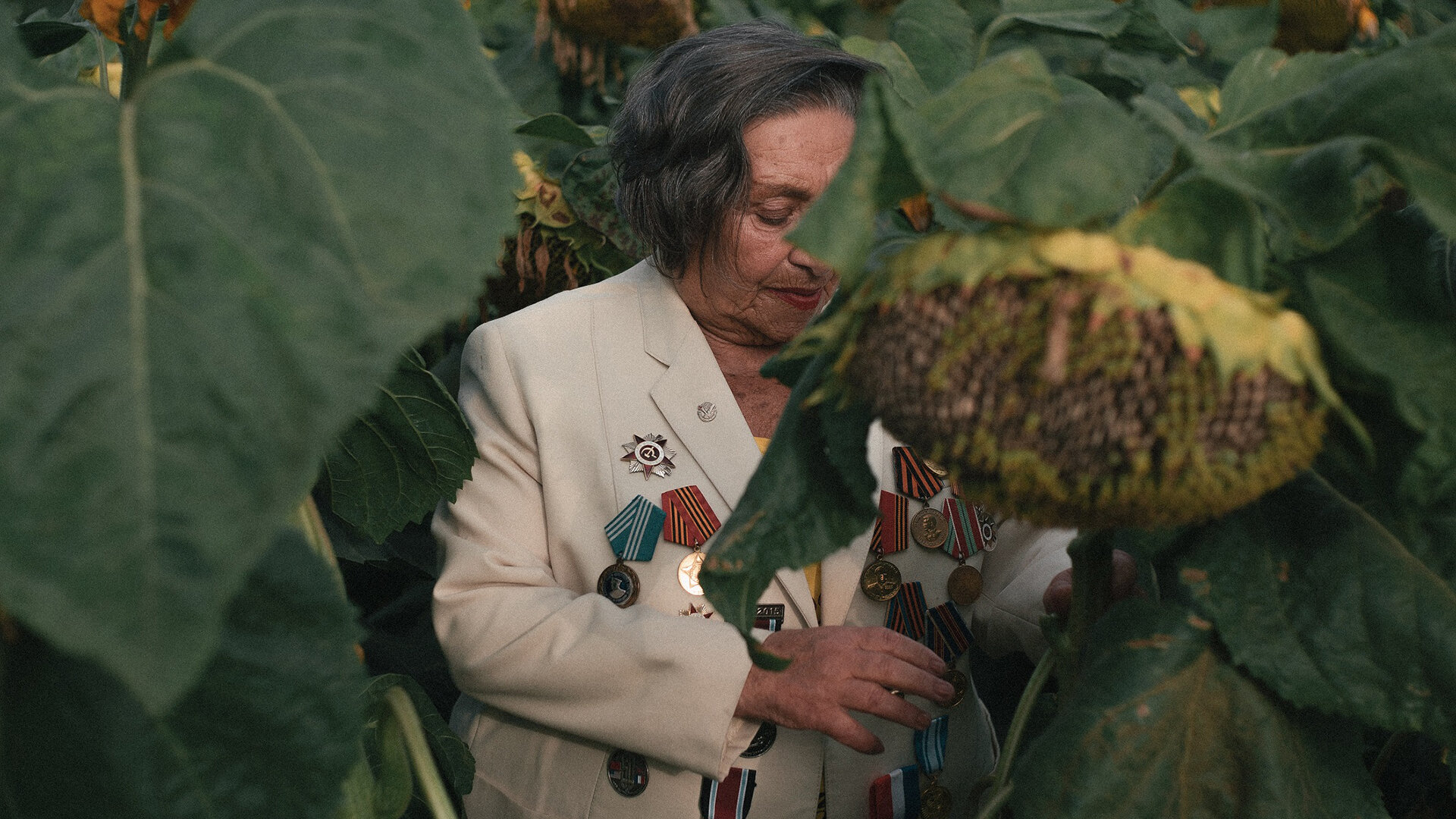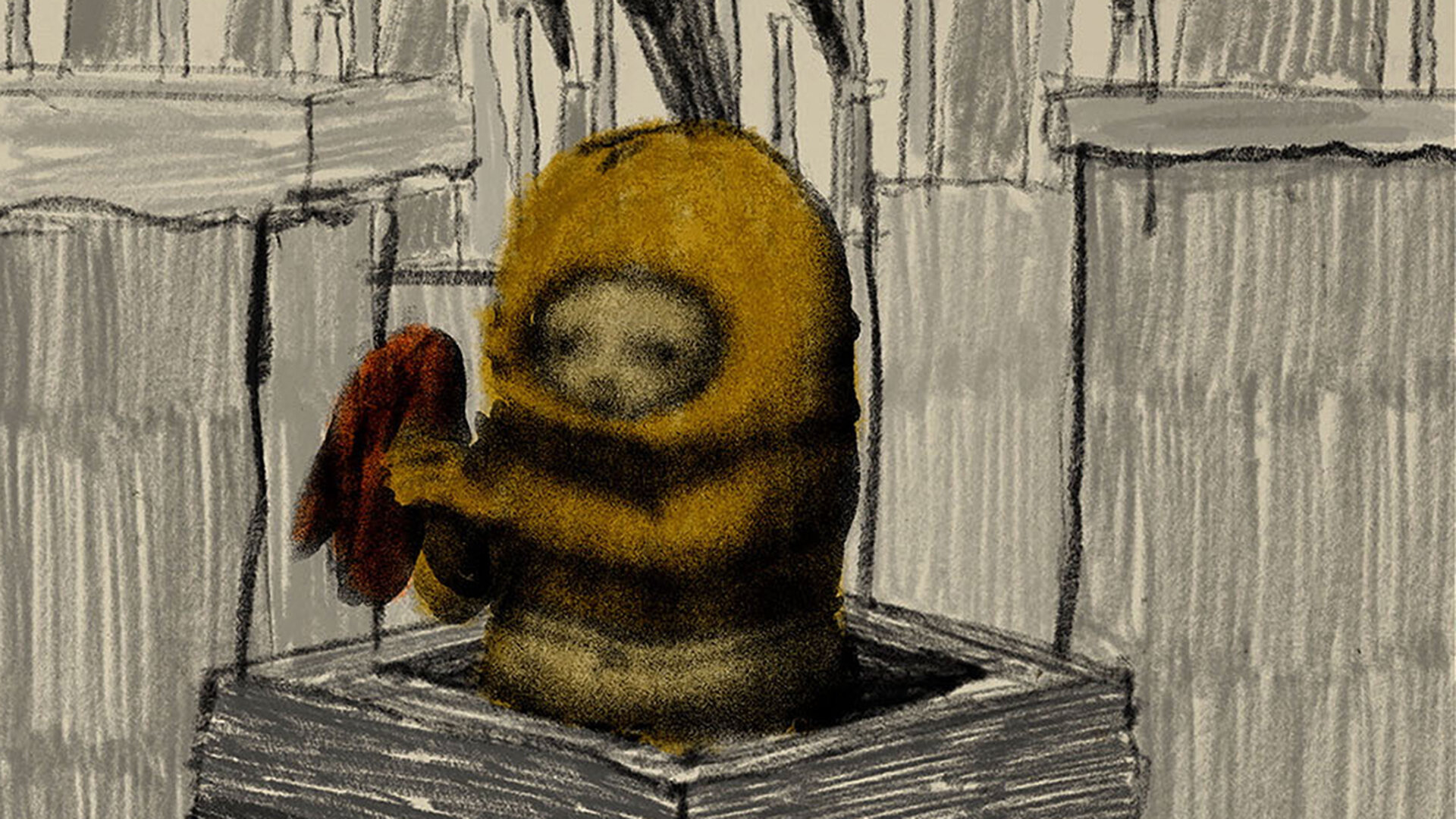Full Frame 2021: Day 4
Truman and Tennessee: An Intimate Conversation is exactly what the title suggests — an in-depth look at the brilliant minds of Truman Capote and Tennessee Williams, told by their own words — but the abundance of archival footage, photographs, and adaptations of their works blend perfectly to paint a fascinating portrait of the fateful friendship between two of the greatest literary talents of the 20th century.
The voiceover work that Zachary Quinto (Williams) and Jim Parsons (Capote) do to impersonate the writers takes some getting used to, but director Lisa Immordino Vreeland wisely relies primarily on the authors’ individual TV interviews (most memorably from inquisitive host David Frost) and intercutting them to show how similar the writers were to each other — both in their genius and in their insecurities. As Williams says, “I write because I found life unsatisfactory.”
The film covers topics ranging from love, sex, friendship, family, and the artists’ classic works, leading to profound responses that demonstrate why they were celebrated and why their words continue to speak to so many people around the world. Their awareness of their careers and the world at large will make you want to binge their bibliographies and adaptations as soon as the credits roll. Grade: A-minus —Cisco Scartozzi
Efim Graboy’s terrific feature The War of Raya Sinitsina is a loving film about a 94-year-old Soviet WWII veteran named Raya and the relationship she builds with the young filmmaker who is attempting to get her personal accounts of the Siege of Leningrad. The film is so wonderfully edited and intimate that it feels almost like a structured, narrative film, especially in its depiction of the documentary crew developing a relationship with their lovely (but often prickly) subject. While Raya is occasionally sweet, there’s no hiding the pain in her eyes as she encounters other living war heroes and recounts her harrowing tales. What broke my heart about The War of Raya Sinitsina is seeing how few of those involved with WWII are left and how much they will be missed when they’re all gone. Grade: A-minus —Josh McCormack
Danny Navarro’s My Neighbor, Miguel lives up to its billing as a charming short profile on Miguel-e Gutierrez-Ranzi. Drawn to his fellow Fillmore Street resident’s imaginative outdoor art installations and positive personality, the director chronicles the septuagenarian’s basic life story and jazzes it up with archival footage featuring Gutierrez-Ranzi’s wild costume creations. But pleasant and insightful as this brief visit is, the glimpse into one man’s story feels like a lost chapter from a larger project of San Francisco men and women surviving with HIV, a la Erin Brethauer’s and Tim Hussin’s terrific feature, Last Men Standing. Grade: B-plus —Edwin Arnaudin
It helps to know before you see it that the narration in The Chimney Swift is a dramatic reading of the words of 19th century chimney sweeps, talking about the cruelty necessary to train 6-year-old boys to climb into chimneys. This animated short draws a parallel between the bird of its title, which nests precariously in chimneys, and the enslaved boys forced into a perilous and often fatal apprenticeship. The sketch-like hand-drawn animation, from animator-director Frédéric Schuld, is evocative of the miseries described without becoming horrifying. Perhaps the most appropriate word for this compelling film, an homage to generations of lost boys, is haunting. Grade: A-minus —Bruce Steele
As the world begins abandoning facemasks and anxiously returns to “normal,” documentarian Nanfu Wang has crafted In The Same Breath, an exposé of not only the events that led up to the COVID-19 pandemic — fortified by harrowing security footage of a Wuhan hospital in the marketplace where the virus originated in December 2019 — but the Chinese government’s repeated denial, late response, and use of news propaganda to create a false sense of security for its citizens during and after the crisis. These claims are contrasted by footage from inside overcrowded hospitals that show the sheer number of people that could not get access to care due to a lack of beds, and the people who were fortunate enough to be hospitalized but couldn’t be with their families, who died scared and alone.
The film’s Chinese portion is its most effective, and when the focus shifts late in its 90-minute runtime to the U.S.’s comparable lackluster response, it loses some steam and makes the ending feel a bit rushed and incomplete. Wang presents Dr. Fauci and former President Trump giving conflicting messages about masks, conspiratorial protestors, and, in the U.S. section’s most heart-wrenching segment, interviews with nurses and doctors who are still dealing with the traumatic events of 2020 — all of whom break down in the middle of their accounts. While there are some overstuffed elements towards the end of In the Same Breath, the amount of information from firsthand footage/accounts about COVID-19 is an overall impressive feat that speaks to the necessity of documentary filmmaking, distressing as it may be. Grade: B-minus —CS
A Once and Future Peace is a strange hybrid documentary that blends animation, archival news footage, and standard interview testimonials. It explains the process of how the ancient practice of peacemaking circles has been used in today’s criminal justice system as a way to rehabilitate the youth who have been associated with criminal activity. While its heart is in the right place, director Eric Metzgar’s latest work only succeeds for approximately half of its runtime — in the animated segments following a teenage boy named Andy as he and his family participate in the process of peacemaking. Since the filmmakers weren’t allowed to get actual footage of Andy, the use of animation over the real life audio is truly ingenious and still manages to be raw while also stylized. However, when the rest of the film focuses too heavily on the origin of these modern peacemaking circles, the filmmaking becomes rather rote and uninteresting, and detracts from its more engaging elements. Grade: C-plus —JM
Anyone concerned about care for the elderly needs to see It Is Not Over Yet, an eye-opening documentary feature set in a one-of-a-kind nursing home in Denmark called Dagmarsminde. The facility was founded by a nurse named May Bjerre Eiby, who has the looks of Gwyneth Paltrow, the backbone of Queen Elizabeth, the patience of Job, and the compassion of the Dalai Lama. Eiby and her saint-like team (all women, save for a visiting physician) treat their memory-impaired residents like guests, celebrating birthdays and anniversaries, offering a sympathetic ear 24 hours a day, and surrounding them with mementos from their life and as much love as they can muster. (One credo: Try to avoid psychotropic and sedative drugs.) The facility's staff and the patients' families gave filmmaker Louise Detlefsen incredible access over the course of many months, and Detlefsen captured moments of intimacy, tragedy, joy, and deliberation seemingly without any interference. Her storytelling skills are sharp, and she carves out a humane narrative that makes a heartfelt case for compassion as an elder care strategy. It will also likely make you cry. Grade: A —BS
(Photos courtesy of Full Frame)










